How to hack Spanish
How many ways can you express an opinion? These small sentence structures can make all the difference...
Start Browsing
Start browsing
< Wait, I have a password

to your account
 Facebook
Facebook
< Wait, I don't have a profile yet
Reset Password >
to save your details
 Facebook
Facebook
< Wait, I already have a profile

Start browsing
< Wait, I have a password



You’ve written your intro, planned out your key themes and are ready to get into the main body of the essay, but annoyingly you’re still stuck. You think about what to write but quickly drift off into ‘train of thought’ territory. You finally get something down, read over it and quickly realise that it is not at all relevant to the question. Sound familiar? If you struggle with essay writing, here is a simple way to structure any paragraph in any history essay.
A key sentence has two simple purposes: first, to outline exactly what you are going to say in the paragraph and second, to link the paragraph to the question. They are essential to show the examiner that you have a coherent structure and that you are being specific to the demands of the question.
A simple example of a Key Sentence would read something like, ‘Arguably, the most significant factor of _________ when compared to _________ is his reform of the military because of ___________.
The best essays tend to start with their most important point as their first paragraph in the main section. This demonstrates to the examiner that you have prioritised your arguments and made a judgement. By starting each paragraph like this you ensure that you are directly addressing the question, ‘What is the most significant factor’ and that you are explaining your reason as to why.
Once you’ve started with a clear key sentence, you need to provide evidence to back up your point. Here you can use as many examples as you want to support your point. Some simple sentences to include evidence could be: ‘The best example of this is ________’, or “Other examples of this are…’.
This is where you can include all your specific facts or quotations you have memorised or include that bit of extra reading that you did outside of class. The quality and amount of evidence will go a long way to determining whether this is an A+ essay or not. By following up your key sentence with specific facts and quotations, you are effectively embedding the evidence in the paragraph.
Once you have input your facts and quotations, you now need to explain why you have chosen the evidence and why it is relevant to your key sentence. A lot of students trip up here by missing out this stage and not properly developing their argument. An example of how you might do this would be: ‘The examples above demonstrate why…’ or ‘What this shows us is…’ By explaining your evidence, you are backing up your point made in the key sentence and evaluating why it is important to the overall argument and the question itself.
The best way to see each paragraph is like a mini essay in itself. The key sentence represents the introduction and the evidence and explanation represents the main body. With that in mind, each paragraph should end with a key concluding sentence. The easiest way to write a concluding sentence is to answer or relate back to your initial key sentence. For example, a paragraph might end, ‘Therefore, because of [the reasons stated above], we can see why __________ is the most important factor because ___________”.
The most important rule, however, is to ensure that your concluding sentence relates back to question! By finishing each paragraph with a concluding sentence, you show to the examiner that you have fully developed each point, and demonstrated why your arguments are relevant to each question. The above structure is a foolproof checklist you can use for every paragraph you write. Once you have written each paragraph one of the best things to do is to read over what you have written and see if it follows the steps listed above.
Use this formula for every paragraph and you’re bound never to lose marks ever again for structure.
 -
-